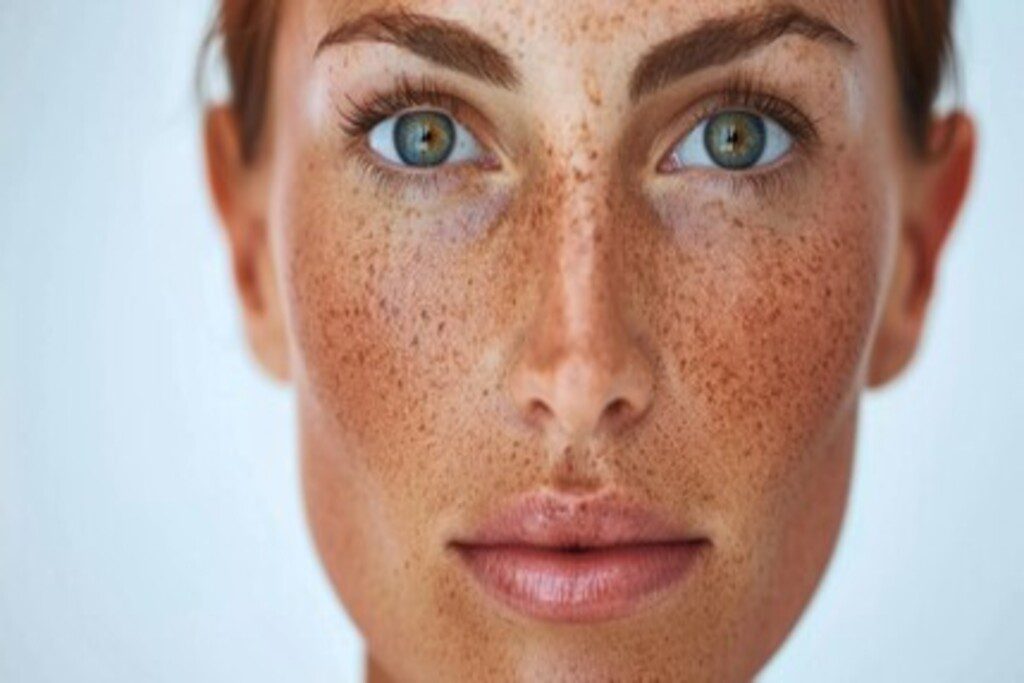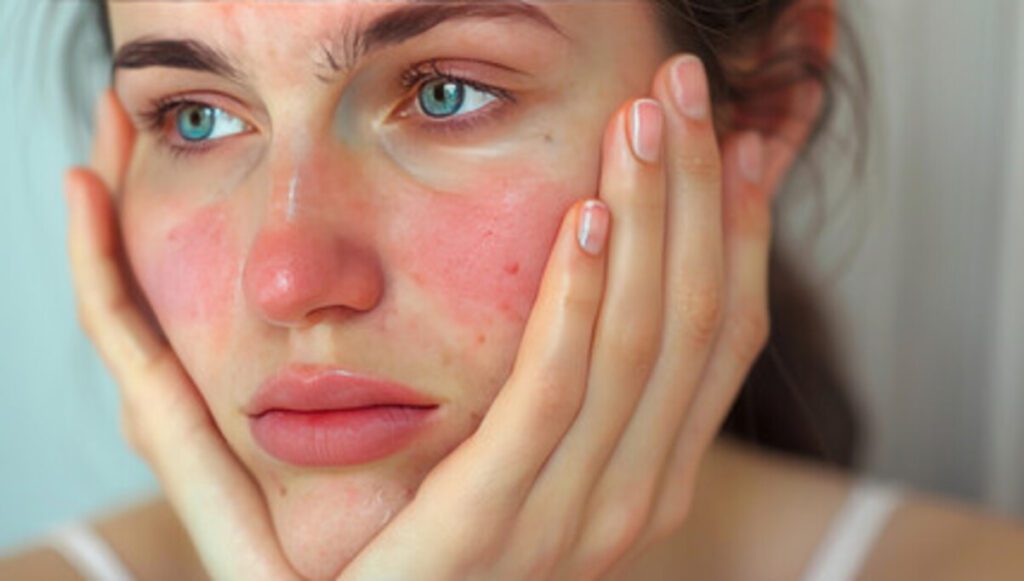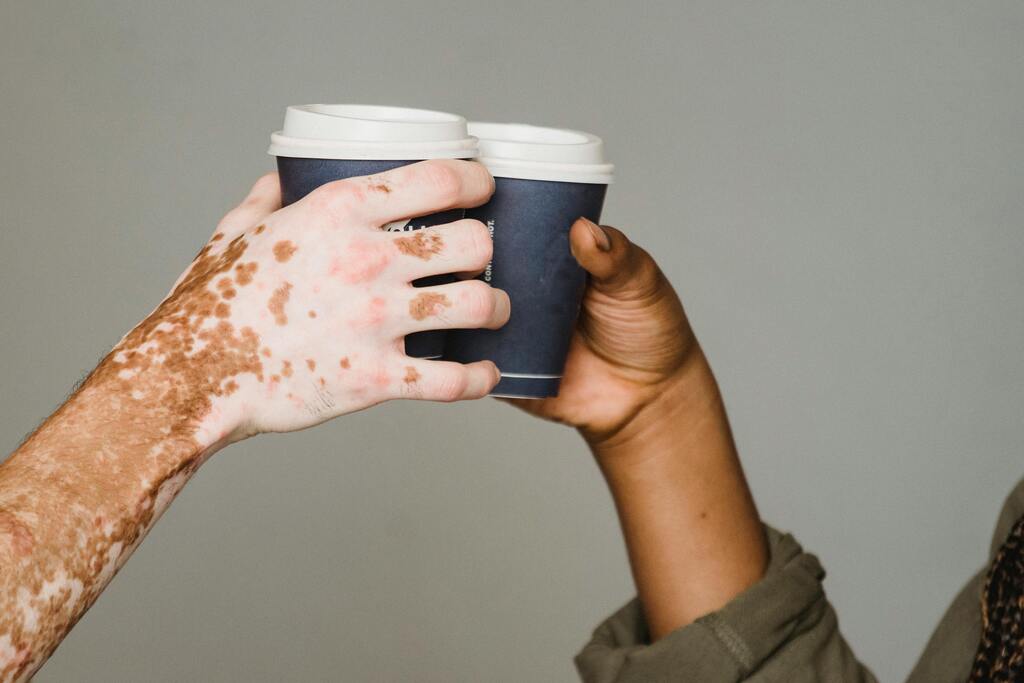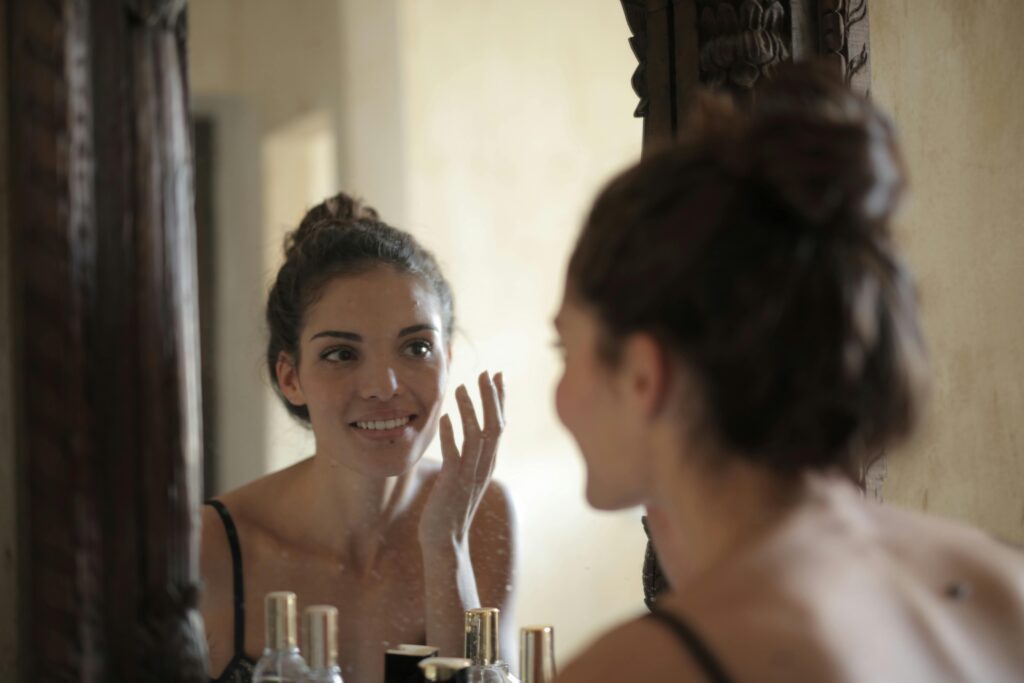At Rasa Derm, under the guidance of Dr. Veenu Jindal, we realised that skin is exposed to the damaging power of UV rays irrespective of the season. It is a mistaken belief that we do not need sunscreen during gloomy winter days, when the sunlight is at its weakest. The reality, however, is that UV radiation from the sun can be just as harmful in the cloudy, colder months of the year as it is when the sun is at its full strength. This now makes year-round skin protection even more important.
According to Dr. Jindal, the sun radiates two types of UV rays known as UVA and UVB. UV rays, which are known for their ability to penetrate into the skin layers, accelerate the aging process and cause wrinkles, whereas UVB rays are responsible for sunburn. Both types of UV rays contribute a lot to the appearance of skin cancer.
Thus, Rasa Derm is dedicated to informing and involving our customers, which enables them to ensure the protection of their skin year-round. We campaign for the regular usage of broad-spectrum sunscreen that blocks UVA and UVB rays, combined with other protective means like putting on protective clothing and seeking shelter during peak sun hours.
The first step in the right direction toward adopting the best skin care regime is to understand the impact of the sun in different seasons. Then your skin stays healthy, strong, and beautiful all year.
Understanding UV Rays
Understanding the nature of UV rays and the role they play is a key step to providing safe skin, and this is Dr. Veenu Jindal of Rasa Derm, who is a well-known advocate of this philosophy. Although the skin is not sensitive to UV rays, which stand for ultraviolet radiation coming from the sun, it may still be affected by them, irrespective of the weather or season.
UV radiation is categorised into two main types that concern skin health: UV and UVA radiation. UVA rays, whose wavelength is longer, are able to penetrate deeper into the skin, and when this happens, premature ageing of the skin, wrinkles, and an increased risk of skin cancer develop. UVB rays, with an even shorter wavelength, affect skin layers the most, causing sunburn, and they are the biggest factor in creating skin cancer.
Dr. Jindal tells us that in the summer, UVB rays are high and more at midday, but UVA rays are always strong and can pass through the clouds and window glass. This rather signifies greater attention paid to the use of protective measures every day, not just in sunny conditions.
At Rasa Derm, we are the champions of a proactive skin care strategy that promotes the daily wearing of sunscreen, protective clothing, and avoiding going out in the sun during said UV peaks. We provide continuous education as a source of a better understanding of UV rays, and therefore we find a holistic way to protect our clients.
Seasonal Variations in UV Intensity
There is no doubt that UV rays have a seasonal variability that makes it imperative to adjust sun protection behavior for the entire year. In summer, UVB sunburn rays are at their peak, requiring more vigilance where the use of high-SPF sunscreens and protective clothing is highly needed. The duration of the sun’s light during these months implies more immediate and strong UV rays, increasing the probability of skin damage.
On the contrary, in the winter, while UVB rays are at their lowest, UVA rays, which are important for ageing and deeper skin damage, remain at their same level. These rays can still pass through clouds and even glass; this requires that we use broad-spectrum sunscreen even on cloudy days and also indoors near windows.
In the spring and autumn, there is a transitional intensity of UV, but the danger is the same. The change in angle of the sun doesn’t cause a significant reduction in exposure to UVA rays, highlighting the importance of using skin protection all year round. This involves washing your body on a daily basis using sunscreen, donning hats and protective clothing, and sitting under a shade when UV rays are at their strongest in the middle of the day.
Applying such an approach allows an individual to have a tailored approach and protection for skin care, to preserve its health, and to prevent premature ageing and skin cancer risk.
Year-Round Sunscreen Use
Chronic sun exposure is further indication of the crucial requirement for regular sunscreen application, a principal element of a proper skin care regime. In contrast to the idea that sunscreens are needed only during the summer when the sun is out, UV radiation poses a risk at any time of the year, during good and bad weather, and in different parts of the globe.
The UV rays responsible for skin ageing and damaging deeper tissues are present at approximately the same level in the sunlight during all daylight hours of the year. They can pass through clouds and even glass, causing an individual to need to put on protection even when it is overcast or when inside near windows. The intensity of UVB rays is higher in the summer, though reflection from snow or ice can extend the exposure during the winter.

Using sunscreen with a broad spectrum that blocks both UVA and UVB rays in your daily routine is vital. SPF 30 or higher is recommended for applying it all over the skin that is exposed to the sun. Reapplication after every two hours, or after swimming and sweating, ensures continued protection.
Aside from preventing sunburns, sporting sunscreen throughout the year actually prevents skin cancer and premature aging and makes sun protection an important feature in holistic skin care that entails overall wellness.
Sun Protection Practices for Every Season
Sun protection will always be part of our skin care and has to be observed at any season. Regardless of how the power of UV rays varies according to the season, the harm it causes remains the same, and therefore protective measures should be put in place no matter the time of the year or weather.
In summer, when outdoor activities are greater, using broad-spectrum sunscreen with a spherical protection factor (SPF) of 30 or higher is a necessary practice. You need to spread this over the exposed parts of your body, and it needs to be reapplied every two hours, especially after swimming or sweating. Furthermore, at the hottest times of the day (10 a.m. to 4 p.m., for example), finding a shady spot and wearing sun-protective clothing (for example, wide-brimmed hats and long-sleeved shirts) help to minimise the overall UV radiation.
Changing seasons and the arrival of cool weather do not suggest that we should lower our guard. They filter through the clouds and, as well, glare off the snow, increasing the risk of exposure. The use of broad-spectrum sunscreen, particularly on the face and hands where it is exposed, is still a dominant issue. Lip sunburn is also one of the risks your lips are exposed to by using lip balm sunscreen with an SPF.
Adhering to these sun protection methods annually prevents one from immediate painful sunburns as well as trying to maintain the skin’s health in the long term, in addition to reducing the chances of getting skin cancer.
Adapting Skincare Routines to Weather Changes
Adapting your skincare routine to weather changes is as important as your desire to have healthy and protected skin in any season. Along with the change of seasons, the surrounding environment changes with the weather patterns, changing the humidity, temperature, and UV rays, which can affect our skin health.
In the summer, the high humidity level and stronger UV rays are calling for lightweight and non-comedogenic sunscreens that do not clog the pores while offering broad-spectrum protection. Utilizing antioxidants as an additional shield, like vitamin C serums, over your sunscreen will help boost its performance by fighting against free radicals resulting from sun exposure.
During the autumn and winter months, the air becomes dryer, so your skin might get dehydrated. Switching to a more hydrating moisturiser and applying broad-spectrum sunscreen regularly have become even more critical since UV rays remain potent even though temperatures are getting colder. If a cream with a higher oil content is used, it contributes to skin barrier preservation and skin hydration.
The mix of spring brings a blend of conditions that have to be put together correctly to be hydrated and protected from the sun. SPF-containing light-weight moisturisers may keep the skin hydrated all day without feeling heavy, as they are a good option for the gradually warmer days.
Moisturizing creams and serums with sunscreen should be used as part of your daily skincare routine, even in the winter, to keep your skin well-protected and hydrated.
UV’s Role in Premature Aging
The influence of UV radiation on premature aging is a crucial issue in dermatology, and it is worth stressing that prevention of sun damage should be given continuous attention regardless of the season. UV radiation, especially UVA, is very deep-penetrating and may cause serious damage to the skin, where collagen & elastin fibers are located. They are vital for the skin’s elasticity and firmness, and their degradation results in the formation of wrinkles, fine lines, and a loss of youthful volume.

In addition, UV exposure is responsible for the development of uneven skin tone, hyperpigmentation, and the presence of sunspots, among others, which contribute to the visible signs of aging. The “photoaging” idea is used to refer to the specific skin damage associated with ultraviolet radiation. This concept separates these damages from the ordinary aging process.
A high priority is to block UV-induced premature aging by including broad-spectrum sunscreens in daily skincare routines. These sunscreens protect from both UVA and UVB rays, thus limiting photoaging risk. Moreover, being mindful of using sunscreen and protective clothes, avoiding being out in the sun during peak UV hours, and utilising antioxidants in skincare can additionally act as protective shields for skin against UV radiation.
In addition, recognizing the effects of UV on premature aging and implementing broad-spectrum sun protection measures prevent skin from losing its youthfulness and vitality, thus keeping it healthy and strong.
Preventing UV-Related Skin Conditions
The need to prevent UVR-associated skin problems cannot be overstated if we are to ensure long-term skin health. UV radiation that consists of highly active UVA and UVB rays is a major agent of several skin problems, which are as diverse as premature aging and sunburn and extend up to more dangerous conditions such as actinic keratosis and skin cancer. The season does not matter; knowing and preventing the risks associated with UV exposure is vital.
UV protection requires applying comprehensive sun protection as a whole. Additionally, put on a broad-spectrum sunscreen with SPF 30 or more every day to protect against both UVA and UVB rays. It is advisable to reapply sunscreen every two hours, especially after swimming or sweating, to ensure continuous protection.
Using sunscreen is not the only way to protect yourself from UV rays; wearing protective clothing such as wide-brimmed hats, long-sleeved shirts, and sunglasses are additional measures. Around these hours, specifically between 10 a.m. and 4 p.m., locating shade is another great way to minimise the risks of sun overexposure.
Implementing these preventive measures into your daily routine works not only to avert current concerns like sunburns but also to make you less susceptible to serious long-term conditions caused by UV radiation. Through the year-round prioritisation of sun protection, you are investing in the longevity of your skin health, which enables it to stand up to the harsh conditions of the different seasons and remain robust and vibrant.
The Importance of Sun Safety
With UV rays being an ever-present threat, sun safety must be incorporated as an essential element of skin care intended to prevent the harmful effects of overexposure to the sun. As the rays are present all year-round, they make a bigger impact on the skin, and it is essential that proper sun protection is continuously practiced.
Sun protection is not only about the skin’s avoidance of sunburn but also about preventing the deeper and more dangerous effects of UV rays, including premature ageing, hyperpigmentation, and, most importantly, cancer. Broad-spectrum sunscreens should be the first line of defence for protection against both UVA and UVB rays. The sunscreens should be applied daily, with reapplication every two hours when one is exposed to the sun.
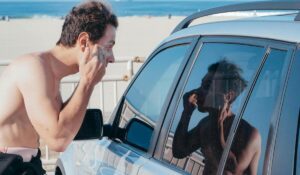
How to complement sunscreen with other preventive measures such as the use of sun-protective clothing, seeking shade during the height of the UV hours, and putting on UVA and UVB shielding sunglasses further limits UV exposure and skin damage.
Besides having a long-term effect on health, the practice of sun safety can even help prevent the development of more severe skin conditions. When it comes to sun safety, it doesn’t just mean putting on your sunscreen on a sunny day; ensure your skin stays healthy and resilient to UV radiation all year by making sun safety a constant part of your daily routine.



